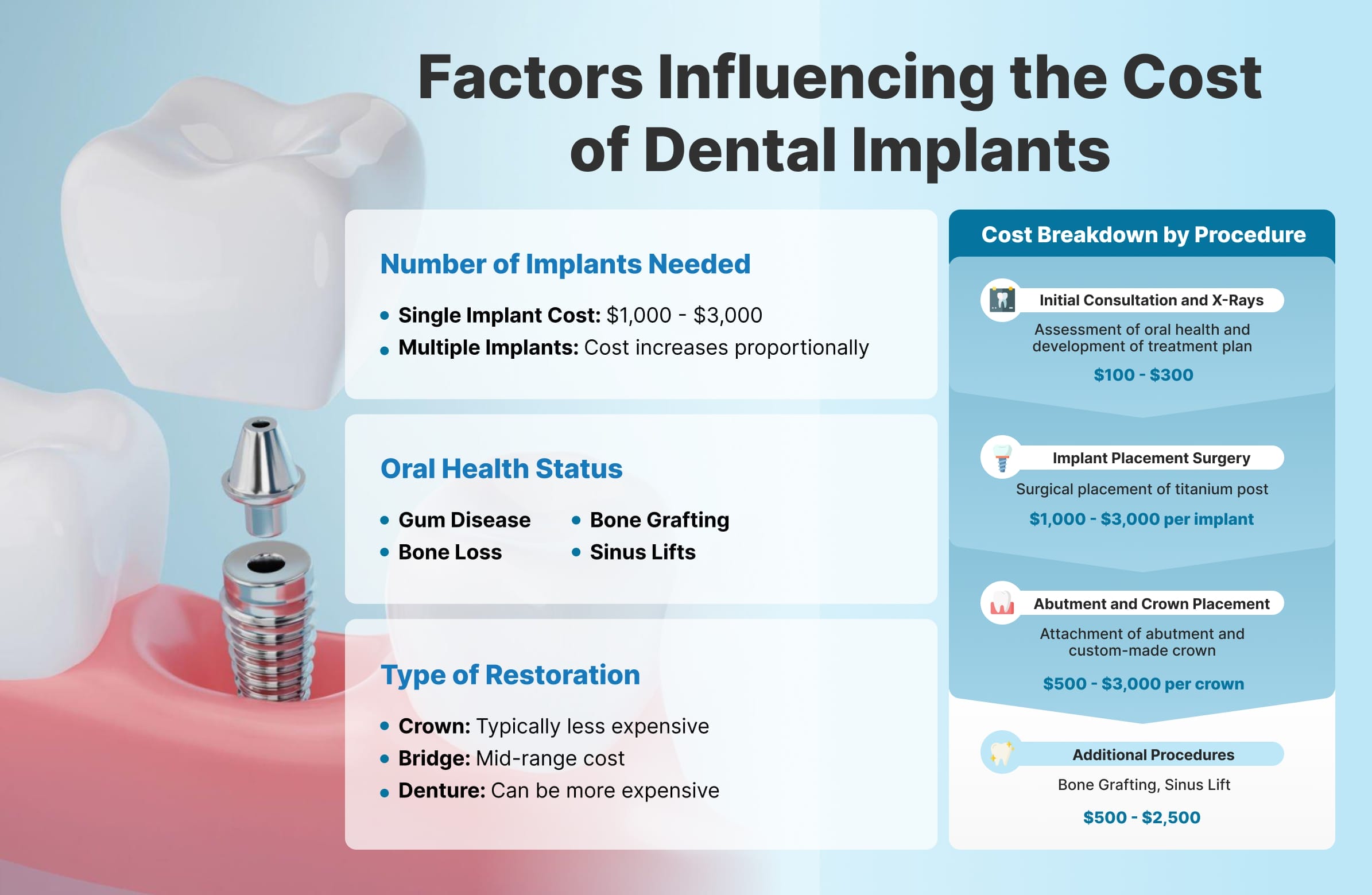The Basic Principles Of Dental Sense
Table of ContentsAll about Dental SenseThe Best Guide To Dental Sense10 Simple Techniques For Dental SenseWhat Does Dental Sense Do?
are medical devices operatively implanted into the jaw to recover an individual's ability to eat or their look. They offer support for artificial (phony) teeth, such as crowns, bridges, or dentures. When a tooth is lost as a result of injury or condition, a person can experience complications such as quick bone loss, faulty speech, or modifications to chewing patterns that result in pain.Oral dental implant systems are composed of an oral implant body and dental implant abutment and may also consist of an abutment addiction screw. Professional teeth whitening. The oral implant body is surgically put in the jawbone instead of the tooth's origin. The dental implant joint is typically connected to the implant body by the joint fixation screw and prolongs via periodontals right into the mouth to support the affixed synthetic teeth
(https://pxhere.com/en/photographer-me/4492670)Framework of The Dental Implant System choosing oral implants, talk with your oral company regarding the potential advantages and dangers, and whether you are a prospect for the procedure. Things to take into consideration: Your total wellness is a crucial element in determining whether you are an excellent candidate for oral implants, just how long it will take to recover, and the length of time the dental implant may stay in location.
Smoking might impact the healing procedure and reduce the long-term success of the implant. The recovery process for the dental implant body may take several months or longer, throughout which time you usually have a temporary joint instead of the tooth. the oral implant procedure: Meticulously comply with the dental hygiene guidelines offered to you by your oral provider.
Dental Sense - An Overview
Implant failure can lead to the demand for another operation to repair or change the dental implant system. Restores the capacity to eat Recovers cosmetic look Assists maintain the jawbone from shrinking due to bone loss Maintains the wellness of the surrounding bone and periodontals Assists keep adjacent (nearby) teeth steady Boosts quality of life Damages to surrounding natural teeth during implant placement Injury to the surrounding cells during surgery, such as sinus opening Injury during surgery (as an example, crack of bordering jawbone) Poor feature, such as feeling like the teeth do not attack together usually A feeling that the tooth is loosened or twisting in place arising from an abutment screw loosening up Implant body failing (looseness of the implant body) as a result of systemic infection, which might be more probable in patients with uncontrolled diabetes mellitus due to local infection in bone and gums supporting the dental implant body as a result of postponed healing, which may be much more likely in patients that smoke Difficulty cleaning the gum tissues around the dental implant, resulting in poor oral health Neglected periodontal condition Post-surgical feeling numb as a result of nerve impingement or damages Constantly alert health and wellness care carriers and imaging professionals that you have dental implants before any magnetic vibration imaging (MRI) or x-ray procedures.
FDA is not familiar with any kind of unfavorable events reported for MRI or x-ray treatments with dental implants. Oral implants systems are usually made of products that comply with international agreement standards of the International Company for Standardization (ISO) or ASTM International. These requirements have details of what makes a risk-free material.

An oral implant is a framework that changes a missing out on tooth. With screw-like tools, the surgeon inserts an implant into the jawbone, and it acts as an anchor for a man-made tooth, called a crown.
Dental Sense - Truths
Some people are not qualified for oral implant surgical procedure. It is for oral specialists to operate people with: intense illnessuncontrollable metabolic diseasebone or soft cells disease or infectionIf these issues are resolved, an individual can have the surgical treatment. In, dental surgeons abstain from operating individuals with: If individuals with any of the above undertake dental implant surgery, there is a greater threat of the implant falling short.

Dental implant surgical procedure is top article a customized process. Give you time to heal. Attach the post and last crown, bridge or denture.
Next off, your surgeon will thoroughly put the dental implant into your jaw. Your doctor will certainly reposition your gum tissues and shut the cut with stitches. If your implant is near the front of your mouth, your dental professional will make a temporary tooth for you to put on up until you heal. That way, you will not have a space in your smile while you recover.
What Does Dental Sense Do?
Throughout the recovery phase, your jawbone must fuse to the oral implant. This process can take anywhere from three to 9 months.
As soon as your implant heals, your dentist can connect the joint (little port blog post) and your last repair (crown, bridge or denture). This usually takes regarding one hour to finish and might require a 2nd small surgical procedure. You should not feel any type of discomfort throughout your oral implant treatment because your supplier will certainly make use of medication to numb your periodontals.